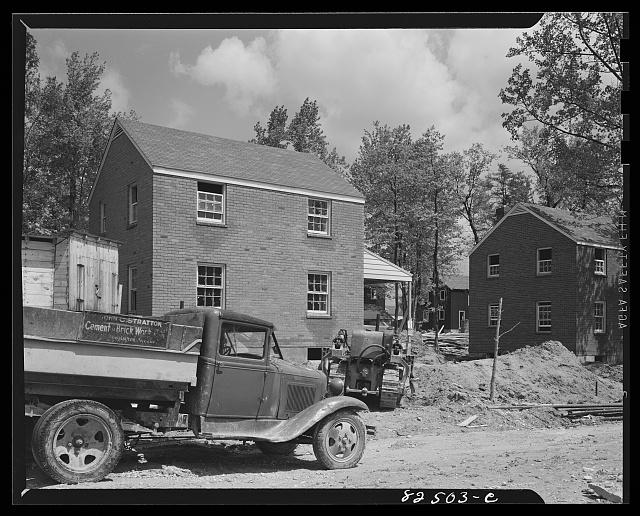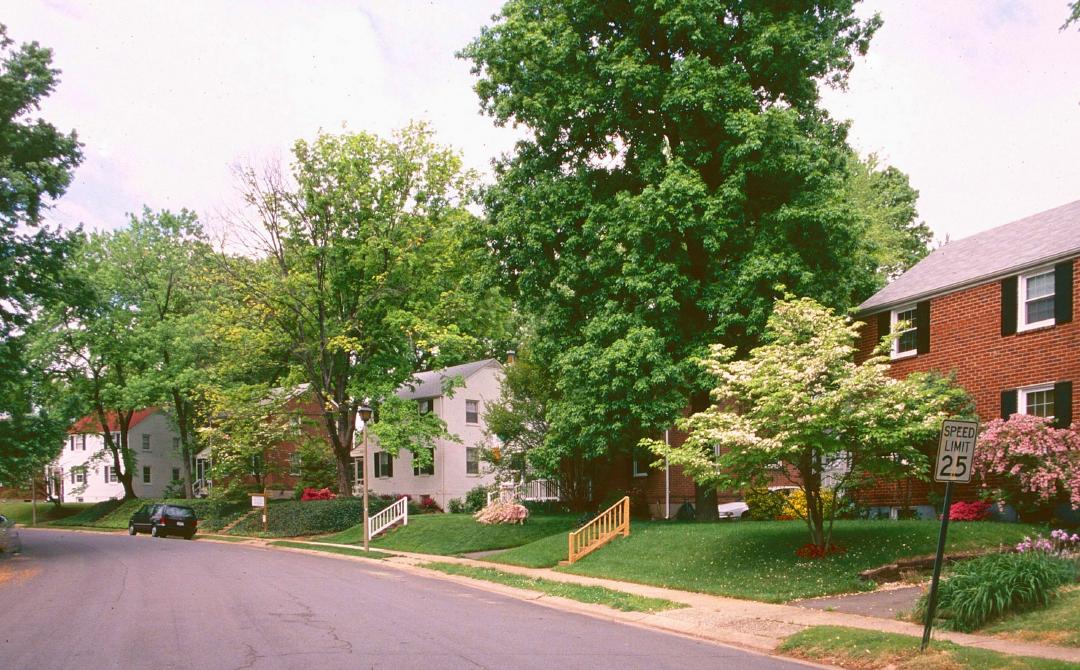Arlington Forest

Before the advent of Arlington Forest, the landscape retained its rural character, captured in a 1934 aerial photograph revealing wooded areas and open fields. Ironically, during the development of Arlington Forest, the wooded scenery diminished, but over time, trees matured, and new plantings restored a natural canopy.
Arlington Forest, now a vibrant suburban enclave, has a history deeply rooted in the tapestry of time. From the earliest Native American inhabitants along Four Mile Run to the meticulous planning of its development by the Meadowbrook Construction Company, the community has undergone a fascinating transformation.
The story begins along Four Mile Run, where discovered artifacts bear witness to the presence of Native Americans long before the arrival of Captain John Smith. Fast forward to the 18th century, and colonial land grants, including one owned by George Washington, converged at the junction of Four Mile Run and Long Branch. A pivotal survey conducted by Washington in 1785 marked a corner of his land, leaving an enduring legacy represented by a marble pillar in Glencarlyn Park.
A British merchant and planter, John Colville, entered the scene in the early 1730s, purchasing a significant tract along Four Mile Run. As the 19th century unfolded, the construction of the Washington & Old Dominion Railway in 1847 brought change, utilizing water from Four Mile Run for its trains. The Civil War added a unique chapter, with Union soldiers contributing soap suds to the water supply.
By 1878, the area now encompassing just two families occupied Arlington Forest, a stark contrast to its present-day bustling community. The late 19th century left architectural remnants, with three houses dating back to that era still standing. The Mary Carlin House, constructed around 1800, is a tangible link to the tailor of George Washington.
Before the advent of Arlington Forest, the landscape retained its rural character, captured in a 1934 aerial photograph revealing wooded areas and open fields. Ironically, during the development of Arlington Forest, the wooded scenery diminished, but over time, trees matured, and new plantings restored a natural canopy.
The Meadowbrook Construction Company, led by Monroe Warren, played a pivotal role in shaping Arlington Forest. Designed by local architect Robert O. Scholtz, Colonial Revival homes became a hallmark of the community. The development unfolded in phases, beginning in 1939 in the Southside section, where homes were sold for $5,990 with attractive financing options.
In 1940, Meadowbrook expanded into the northern sector, crossing Arlington Boulevard into land historically associated with the Henderson family. By October of that year, over 230 homes had been sold. The Greenbrier section, evolving in nine phases between 1941 and 1946, added another layer to the community.
As the mid-20th century approached, additional enclaves like Forest Park and contemporary-styled homes on North Carlin Springs Road joined the landscape. The years 1950 to 1968 saw the construction of brick ramblers and split-level homes, contributing to the diverse architectural tapestry of Arlington Forest.
Images

